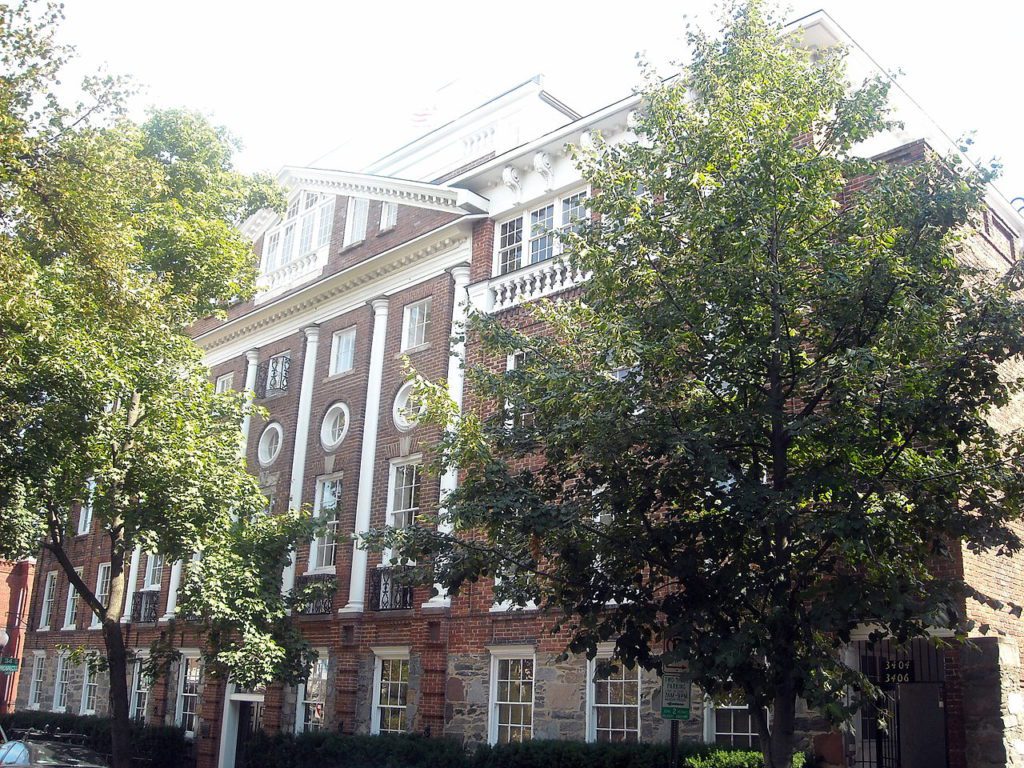Artifacts Hint at Halcyon House’s Past
By • August 30, 2018 0 3133

The smallest object can reveal a story, if the person handling the item knows how to decipher the past.
Jennifer Porter-Lupu, a doctoral student in anthropology at Northwestern University, is trying to do just that when it comes to the history behind centuries-old Halcyon House on Prospect Street in Georgetown. On Aug. 21, at the Georgetown Public Library, she presented a portion of what she has uncovered — “a brief overview,” in her words.
The Federal-style house was built in 1787 by Benjamin Stoddert, the first secretary of the U.S. Navy, with gardens designed by Pierre L’Enfant. Renovated in the 1980s and 1990s by sculptor John Dreyfuss, it is now owned by Halcyon, a nonprofit that “galvanizes creative individuals aspiring to promote social good.”
Among the materials that Porter-Lupu is poring through is household trash, buried before trash collections were a regular part of life in American cities and towns. Looking through the refuse, she found animal bones, indicating what people were eating, and medicine bottles, which could indicate what ailments people had.
“We don’t understand them as full humans,” she said, also mentioning the importance of considering how people dressed by examining their jewelry and clothing.
As Porter-Lupu goes through what she called “a very rich archaeological site,” she tries to supplement her discoveries with research to back up her hypotheses, consulting city directories and newspaper clippings, for example.
Despite her attempts to seek the truth, she admitted that she can hit a block of sorts. This occurred when she attempted to uncover the story behind — of all things — a domino. “We can’t know who might have touched this domino,” she said. Another item with an uncertain past is a soldier’s button that dates back to the second half of the 19th century.
The items she has worked most extensively on, however, suggest an intriguing if unconfirmed story. Among those items are porcelain and corset clips. Porter-Lupu thinks that one of Halcyon House’s residents, Albert Clemens — a nephew of Mark Twain who bought the house in 1900 — had a predilection for dressing in gender-nonconforming ways. Clemens is known for his eccentric additions to the house, such as doors leading nowhere and a theater.
Though Porter-Lupu believes that Halcyon House shared in the tradition of queer spaces, there is always an element of doubt in telling history through artifacts. “These are just hypotheses and we’re exploring different ideas,” she said.
What is clear is that the people who came and went at Halcyon House were far from boring. “These are just some interesting people,” Porter-Lupu commented.

